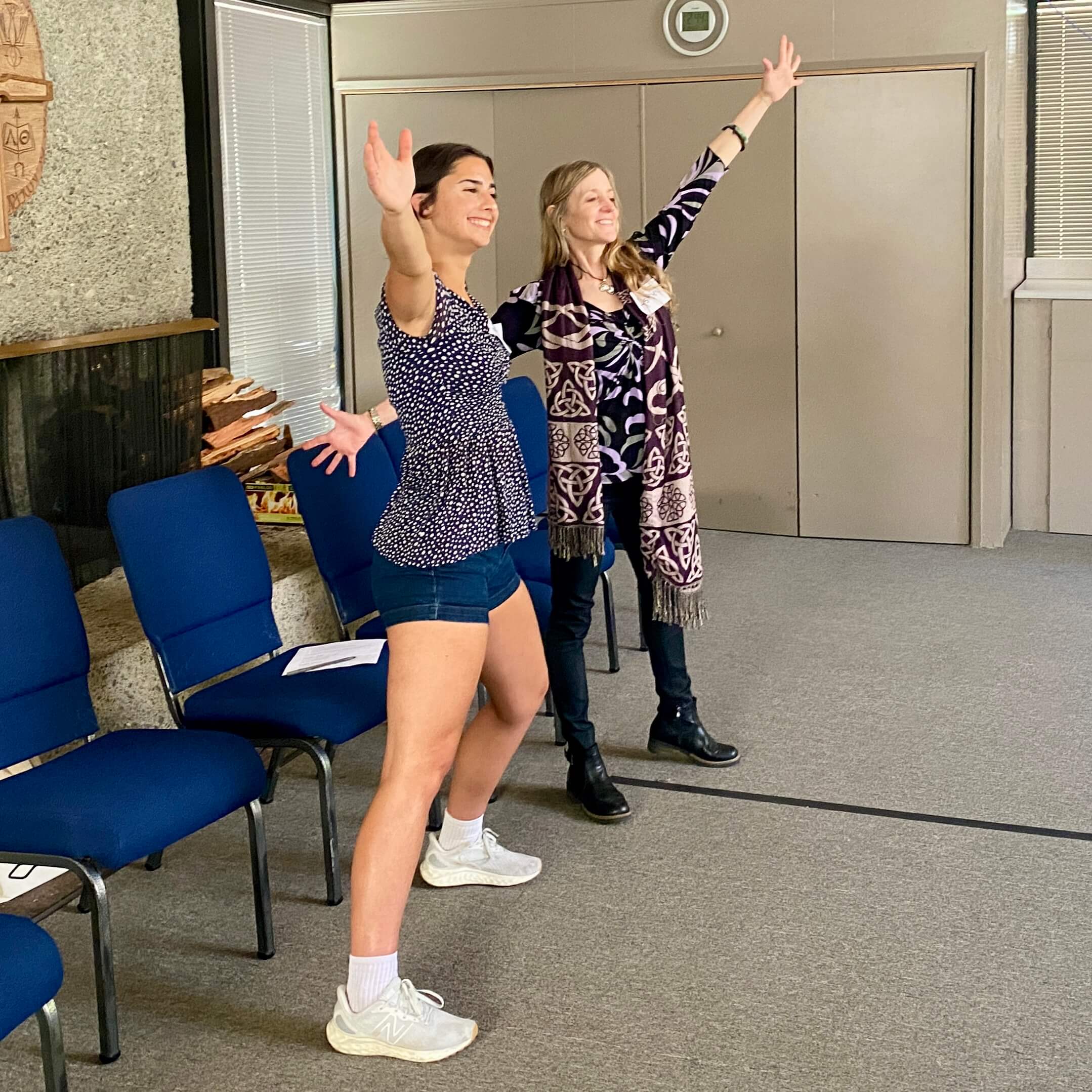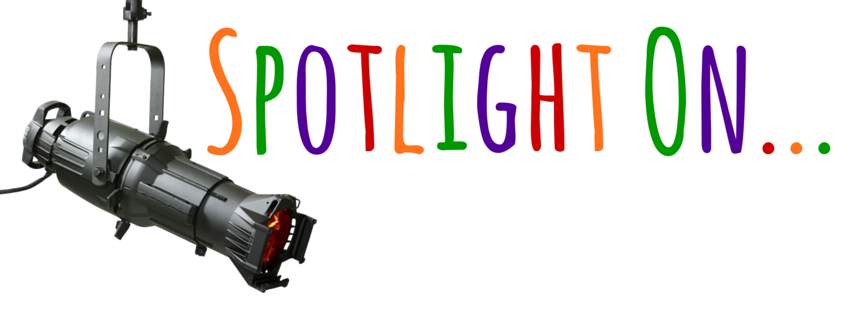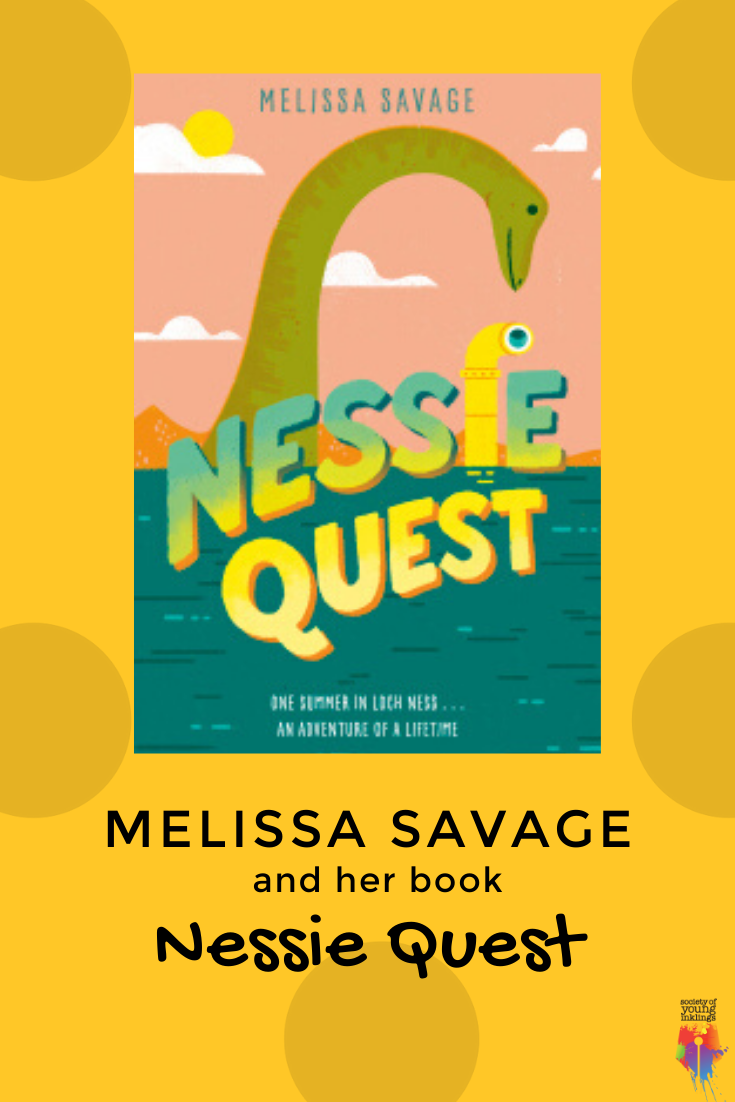Writerly Play Kit 023
Five Things I’ve Learned – Teaching Writing on Zoom
Writerly Play for Educators
Five Things I’ve Learned Teaching Writing on Zoom
Before learning at home began, Young Inklings had been using Zoom as a platform for mentorship. I’d always seen many benefits to connecting with our youth authors in this way, which included the ability to connect youth with the right mentor, regardless of where each lived.
It wasn’t simply convenience, however. Sitting across the table from a writer is one kind of collaboration. Often, they’re deep in their journal or computer screen, and I’m sitting nearby, distant in a way that I’m not when we meet online. On Zoom, it feels a little like looking into a portal, where I can keep both the writer and the writing clearly in view. We literally meet on the page together.
When learning at home began, I found myself asking new questions as demand for new kinds of larger-group programs rose. How many students can I mentor at the same time on Zoom? How do I multiply the “seen and heard” factor in a situation where we can’t turn to a partner and discuss? Logistically, how do I even keep track of everyone?
In this WP Kit, I’ll share five lessons I’ve learned while teaching writing on Zoom this summer. My students have ranged from Kindergarteners through adults, from one-on-one programs, to 20-student camps, to presentations for groups of over 50. My goal has been, as always, to use the joy and energy of play to create opportunities for a-ha moments. Success looks like writers tapping into their hearts and meaningfully sharing their powerful voices.

Lesson ONE: LETTING GO OF WHAT IT ISN’T
Movies, theatre, novels, picture books, and games each offer different experiences. Often, creators will frame their work in a number of these forms, playing with the opportunities that each allow. To begin, they must ask themselves: What is this form? How might I make the most of it?
It might sound obvious, but it’s a lesson I’ve had to re-learn this summer: You can’t teach on Zoom the way you’d teach in a classroom.
It’s tempting, then, to toss out all the things I “can’t do,” and frame our situation as limiting and less than what it could be. However, when I consider how creators use form, I’m reminded that they use limits to innovate. When you have to shape a story inside a 32-page picture book, you ask yourself how you might use the title page, the end papers, each illustration, and each page turn, in interesting ways. The boundaries of what’s possible create the opportunities.
So before we talk about practical strategies I’ve discovered this summer, the first lesson learned that I want to share with you are the three questions I used to find solutions in the first place.
1. What do I wish we could do?
2. Why? What’s important about that approach in my classroom?
3. How might I create a similar (or better) outcome within the limitations and opportunities of online learning?
I’ll be honest. There have definitely been times during this season where I’ve been too frustrated by the limitations to see any opportunities. I’ve needed to walk away and take a breather. That’s how any creative process works, though. We’re not working with imaginary limitations. The parameters are real, and often frustrating. Imagine Victor Hugo trying to cram Les Miserables into the form of a picture book. Or, say, the limitations of a two-act staged production. To arrive at the new masterpiece, we often have to let go of vital pieces that served the previous one.
And letting go is often painful.
So, give yourself that breather when you need it. And then, when you’re in an open state of mind, take out colorful post-its and pens and do some “How might I …” thinking. Make a giant list, and let yourself consider ideas that seem improbable. “What if I created learning corners on Zoom, so that each break-out room had a different feel?” “How might we meet and interview inspiring heroes live using Zoom?”
This year, we’ve already seen an incredible amount of innovation. And there’s more to come. I can’t wait to see what you create.

Lesson TWO: CONFERRING Asynchronously

One of my biggest frustrations in a classroom setting is the fact that I can’t multiply myself. Five writers might need to problem-solve or confer with me at the same time. The solution I relied on far too often was to make a list on the board and work through writers one by one. Meanwhile, even though I encouraged those waiting to work on what they could, more often they’d lose energy and focus and even start distracting others.
Online tools, on the other hand, are designed to support asynchronous communication, and to make scaling yourself possible. From video courses to logic-jump Q&A forms, there are a lot of tech tools that we might not naturally use in a physical classroom that are completely natural to use in a virtual one.
For conferring, I have been using three tools that I find particularly helpful. First, I love Typeform. Typeform is a conversational form tool that allows me to build activities like this one. When a student is stuck and doesn’t know what character to write about, I can send them to the form where I can ask them the questions I might ask them in our conference. Then, I receive their answers in email form, and I can use my second favorite tool, Loom.
Loom is a tool that allows me to give quick, specific feedback on writing or on a form a writer may have filled out. Because I can pull up a writer’s story or survey answers on the screen, and also film myself talking, they can see my facial expression and hear my tone of voice as I talk to them about their piece. The feedback is personal and clear. I don’t have to agonize over word choice wondering whether they’ll misread what I’m telling them.
Third, I’ve been using Airtable for daily check-ins. Airtable is another tool that provides a form that writers can quickly fill out. I use Airtable forms as exit tickets, giving writers a chance to reflect on their learning and project, and to flag any issues that have come up. Answers are automatically populated into a spreadsheet, so I can track answers over time and see trends, growth, and also remind my students of how far they’ve come.
Lesson Three: KEEPING IT SIMPLE
Speaking of tech tools, there are so many of them that it’s easy to get caught up in bells and whistles, when often the tools we already have can offer a similar (even better) experience.
For instance, I played around with a live polling tool because I wanted to create a visually engaging and exciting experience. However, clicking off Zoom and into the other tool created all kinds of tech problems, and confusion. What I really wanted to do was to give writers another way to see what others were thinking, and the poll tool built into Zoom was completely adequate for that purpose.
Another way I’ve used the native Zoom features is to make use of chat in a variety of ways. We’ve played improv games where I ask a question, such as, let’s choose a character. Writers chat their answers (engaging everyone in a way I wouldn’t be able to do in quite the same way in a classroom) and then I roll a dice to choose the option that we’ll go with. Six? The sixth answer that came in will be our collective character. We carry on this way, having the opportunity to create our story and also celebrate the other creative ideas we weren’t able to use, but that were fantastic, nonetheless.
In any case, I’ve learned that choosing tools carefully, and then making full use of them however we can, makes the most of the inevitable learning curve that each new tech tool (no matter how fun it may be) creates.

Lesson FOUR: WHY NOT?

My most enjoyable Zoom experiences have been the ones where I’ve asked myself, “Why not?” For instance, in my K-2 camp this summer, we’ve played a variety of acting and movement games, such as my favorite: Magic Elevator.
In the Magic Elevator game, players push a button for the location of their choice, and when the elevator stops on a floor, we all clamber out, have an adventure, and then (often finding ourselves in some kind of danger) rush back to the elevator to ride to a different floor. On Zoom, our chair by the computer becomes the elevator and the rest of the room becomes our imaginary landscape. It’s different than being in a classroom because the kids can’t look around and see what everyone else is doing. Also, kids can imagine on their own without being distracted by their friends crashing into their personal space.
It may be more natural to use Zoom to sit, type, and watch presentations, but breaking the space is powerful. We’re bringing learning into the environments where our students live. We can send them around the house to find five random objects that they might bring back and weave into their next scene. We might encourage them to choose a book from their home bookshelf as a model text. At home, writers’ real lives are all around them, and while this, too, can be a limitation, it can also be an opportunity.
It makes me think about how it might have felt to the Banks children for Mary Poppins to show up in their home. Once imagination and play spills into a space, it can’t help but linger. Being present in our students homes is a gift, and there’s a lot more we can do with that opportunity than may at first be obvious. Why not?
Lesson FIVE: GIVING IT SHAPE
Two tools that have been hugely helpful for me this summer have helped make our virtual experience tangible and logistically clear.
First, for each class, I created an easily updated landing page using a tool called Notion. This landing page allowed me to post all of our learning tools and links in one easily accessible place. The page served as my white board, where we could review the day’s schedule, view important information, and talk through extra tools the students could use if they got stuck. Instead of sending students to various links to search for information, I could always direct them back to one link where I’d laid out our tools clearly ahead of time.
Second, I created a card or a popsicle stick for each student at my desk. This way, I could physically move items so I knew which students I’d called on or heard from, and also see who I hadn’t heard from for a while. I find that being on video, managing the chat, teaching, monitoring all of my students, problem-solving tech, and managing the various other moving pieces can split my focus. Giving myself physical tools helped ground me and give shape to my experience so that I could keep giving shape to the collective experience for our class.
Especially with my younger students, the cards were particularly helpful so that I could jot notes about decisions they’d made, for instance, their character names for our impromptu reader’s theatre piece. Having the physical reminder written down for myself kept us on track, and helped the students each feel seen and heard.

What’s Up At SYI this Month?
WRITING CHALLENGE FOR YOUR STUDENTS
Cryptozoology
This month, Melissa Savage has challenged us with a hidden creature writing exercise.
For those of you who have read one or more of Melissa’s books, you know that she loves to write about cryptozoology, the study of hidden creatures. And in each book, you will learn about a new creature. “I love writing about them because we are continually finding new species on our planet every year and I find that fascinating. I love researching and writing about new discoveries – real or imagined. Now I have a creature inspired writing prompt for you.”
PROMPT: Imagine you are watching a live webcam feed of the Mars Rover and in a split second, you see a glimpse of a creature on the screen, but no one else seems to see it and it’s never reported in the news. What did you see? What would you do? Would you doubt yourself or second guess what you think you saw? What if no one believed you? How would you think differently about the world?
Aim for between 350 and 1000 words. Have your students submit their responses here and they might be published on our website!
INK SPLAT
Melissa Savage
his month, we talk to author Melissa Savage about her new novel, Nessie Quest. In this interview, we learn about what inspires Melissa and what she would tell her younger writing self.
Here’s a peek:
There is so much to learn and discover about writing, I will never stop trying to improve my skills. I would encourage all young writers to always be open to learning and never let criticism get in your way. Helpful criticism can hurt, but it also gives us ideas on how to continue to advance our skills.
“Art is limitation. The essence of every picture is the frame.”
-G. K. Chesterton

INKLINGS CONNECT
THE WAY WORDS MOVE US
Join us September 13 and 14 in Portola Valley, CA for our 2nd Annual Inklings Conference!
Featuring a keynote with author Joanna Ho, this conference includes creative writing breakout sessions in our beautiful redwood grove, workshops on using improv to step into a character’s shoes, experiments in word play, a storytelling workshop, and reflective writing to tap into your unique voice.



